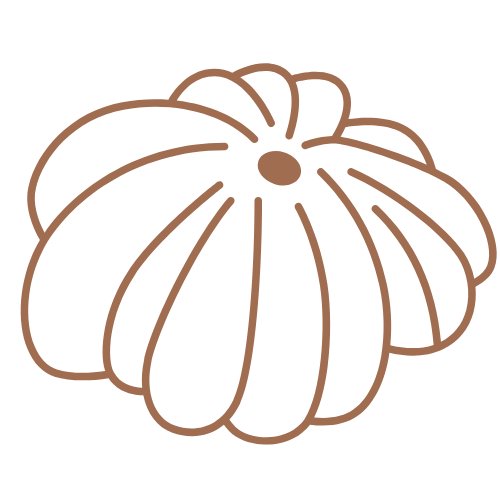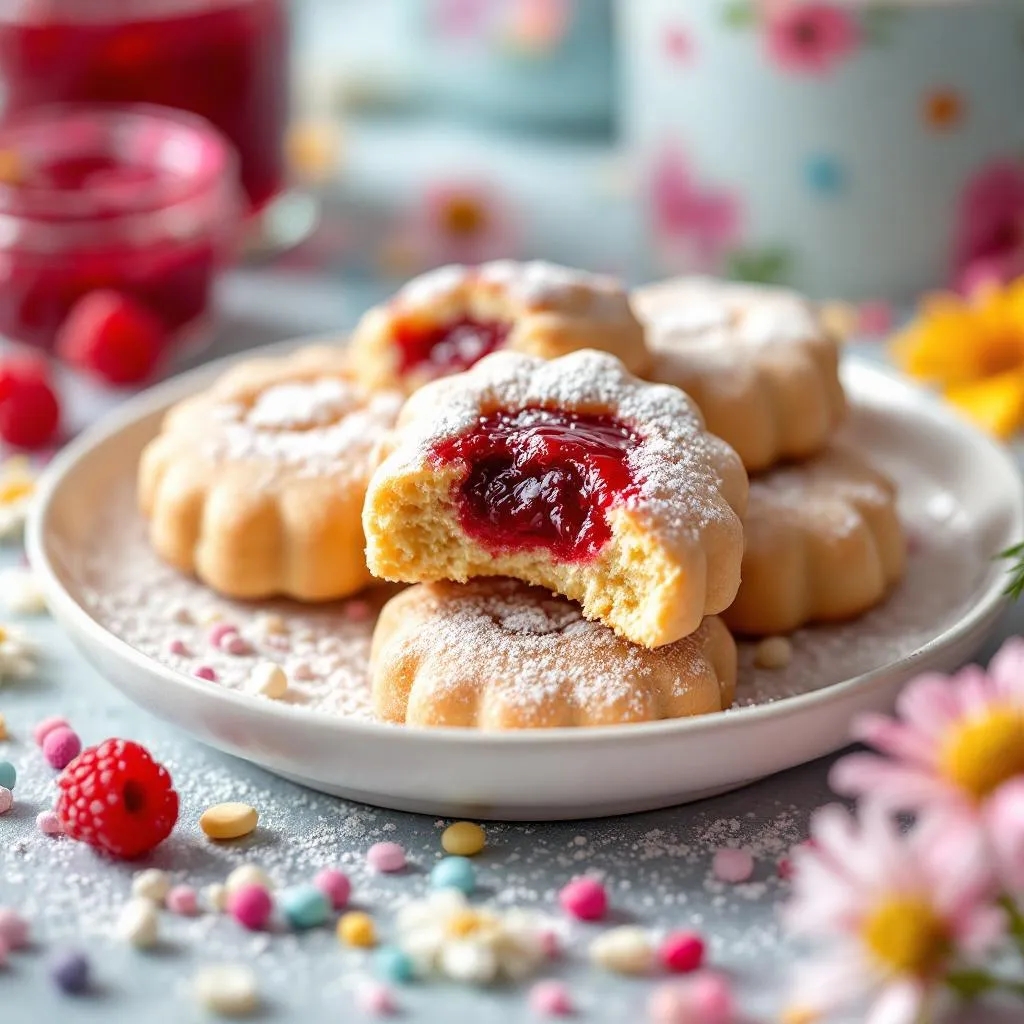My Pro Vlogging & Food Photography Tabletop Setup
A behind-the-scenes look at how I balance creative storytelling, real life, and roast chicken.
(This article contains affiliate links — meaning if you click through and make a purchase, I may earn a small commission at no extra cost to you. I only share gear I’ve personally tested and love.)
a little about me
By day, I’m a Communications Manager for Creative & Operations — leading a student-run creative agency and multimedia team within a university setting. My work blends storytelling, design, and production strategy, often at a professional scale: think campus-wide campaigns, marketing shoots, and spirited student-focused creative direction.
By night (and most weekends), I’m chasing light — not deadlines — in my own kitchen. Between my two small boys, a giant English Mastiff–St. Bernard Mix, and a house full of energy, I’ve learned that ease of use is everything. My personal gear isn’t about replicating a full studio — it’s about smart, compact tools that make it easy to shoot high-quality food photography and tabletop videos using my iPhone or Sony mirrorless DSLR, even when family life is buzzing in the background.
My Everyday Food Photography + Vlogging Setup
These are the tools that make up my Swede Dish tabletop editorial setup — professional-grade, but flexible enough to move between my kitchen, dining area, or rolling work desk.
Bilbil Electric Rolling Desk (32″ x 24″)
The unsung hero of my setup. This mobile, height-adjustable desk transforms into a tabletop studio, giving me a dedicated photography station away from the chaos of the kitchen counter or dining table.
(Yes — my kitchen counters fill up fast. Having a dedicated movable workspace has saved both my creativity and my sanity.)
Photo Backdrops for Food Styling
BEIYANG 4-Pattern Boards (Marble + Light Gray) – 24×24″
BEIYANG 5-Pack Photo Backdrop Boards – 24×24″
These give that crisp, editorial flat-lay look without the need for big surfaces. They’re lightweight and easy to lean against walls for quick background swaps between shots.
(Pro Tip: Pair “marble” or “linen gray” boards with warm natural props for a Nordic-meets-modern aesthetic.)
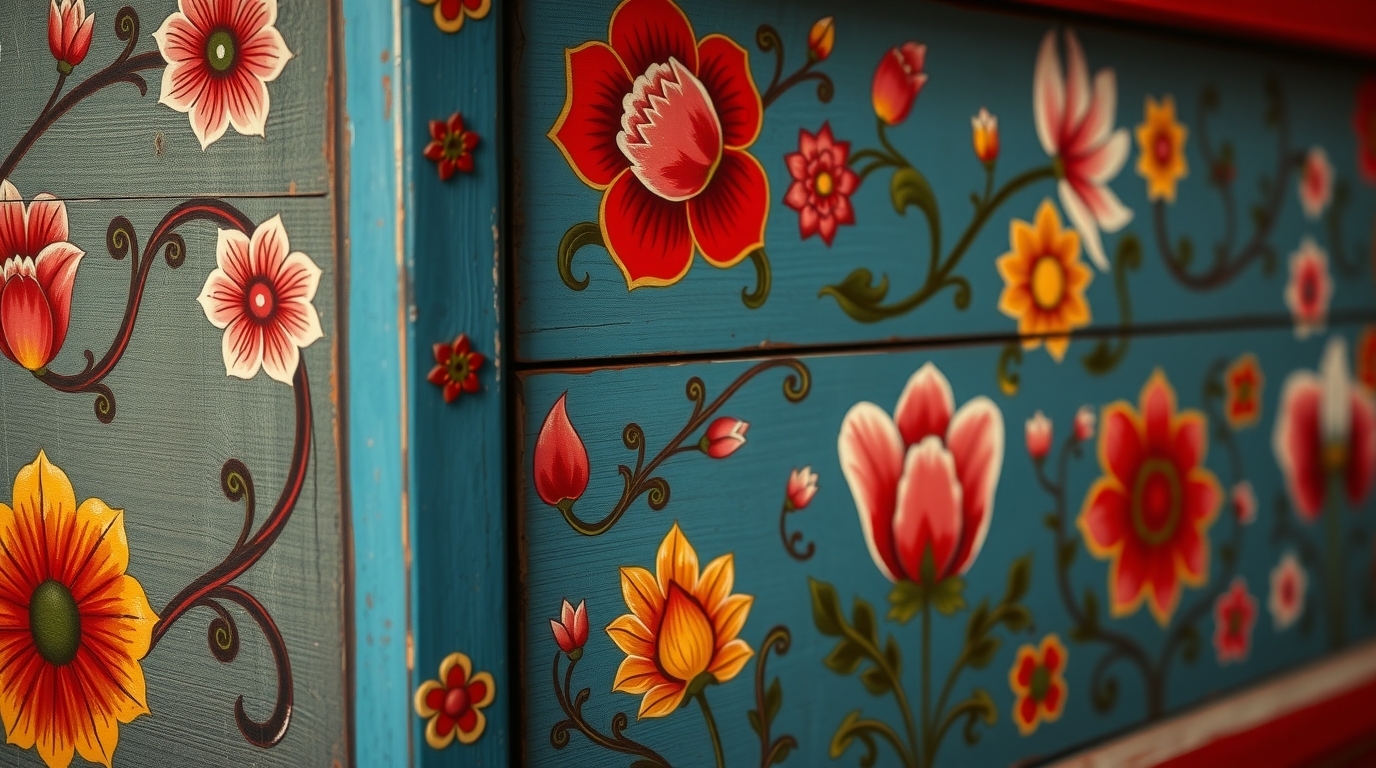
Swedish 18th-century folk art, hand-painted furniture, like these storage chests using natural pigments and floral patterns, vines, birds, hearts, tulips, stars, kurbits, love symbols, home icons, fertility symbols, and faith representations.
Mounts & Arms for Flexible Angles
SmallRig Magic Arm Clamp w/ 1/4″ Screw & Magsafe Mount – 5604
Perfect for attaching my iPhone above a stove or countertop for overhead recipe shots. The integrated Magic Arm offers stability and fluid adjustment — ideal for filming stirring, slicing, or plating.
NEEWER 22″ Magic Arm w/ Desk C Clamp – UA057
A great option for turning a rolling desk into a movable tabletop studio. I can easily swing my camera over a dish or pan and move the whole rig toward natural light by a window.
SmallRig Small Camera Tripod – 5285
Compact, sturdy, and versatile enough for my Sony or iPhone setup. The carabiner hook lets me hang it from shelves or hooks when space is tight.
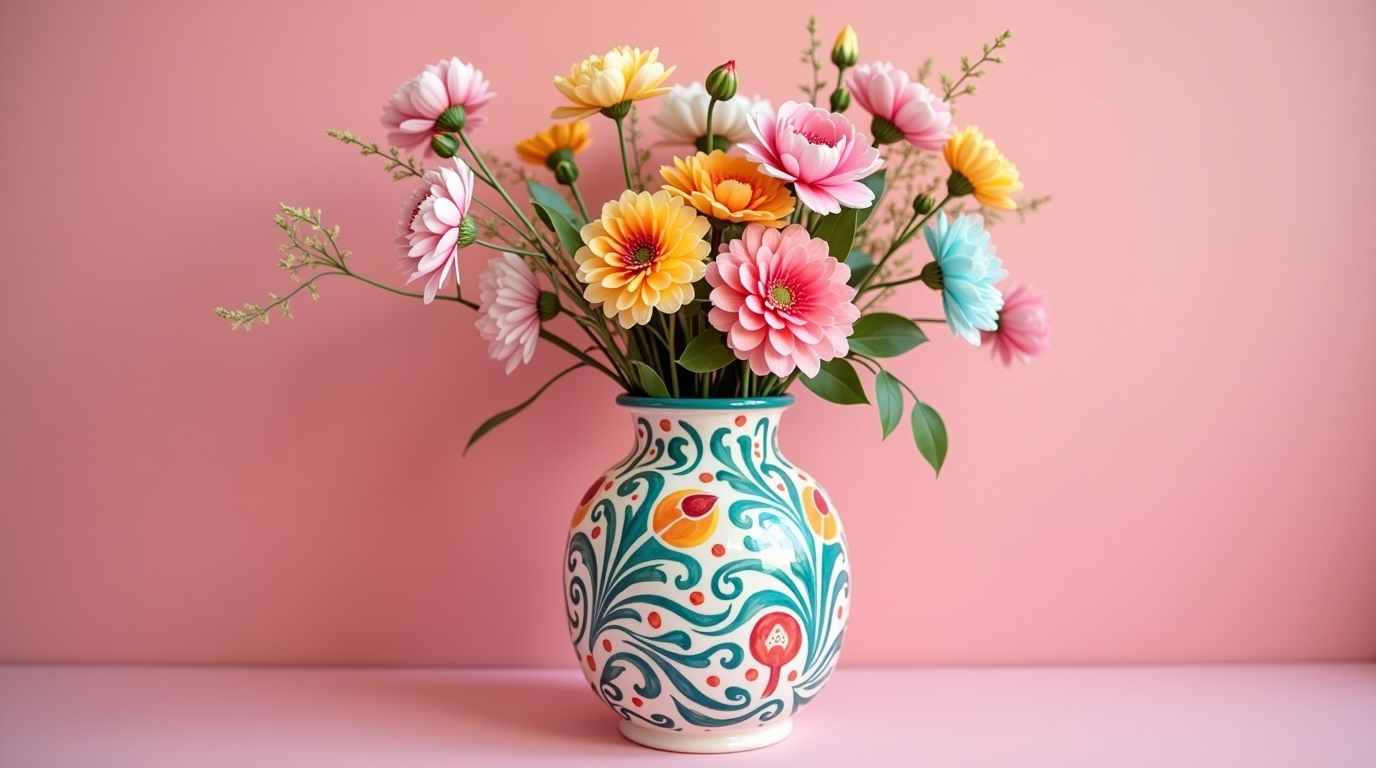
A modern interpretation of vibrant kurbits floral design, a traditional Swedish folk art, on a bright and cheery ceramic vase, symbolizing abundance and growth, and the national symbol of Swedish culture and craftsmanship.
Lighting that Feels Like a Nordic Kitchen
KraftGeek Magnetic Selfie Light for iPhone
This little rechargeable light clips on instantly and adds soft fill for golden-hour looks even after dark.
Neewer 18.3″ RGB LED Light Panel Kit (2-Pack)
My go-to for recreating natural daylight indoors. App-controlled and color-adjustable — great for early morning or twilight shoots when natural light fades.
NEEWER RGB62 Magnetic RGB Video Lights (2-Pack)
Portable and magnetic, these are perfect accent lights for creating warm background glows or highlighting textures in food photography.
(Pro Tip: Pair warm light from one side with cool daylight from a window to achieve Scandinavian-style color balance — bright but soft.)
Sound & Stabilization for Vlogging
DJI Mic Mini (2 TX + 1 RX + Charging Case)
Clear, crisp wireless audio — small enough to clip to your apron or shirt while narrating your process.
DJI Osmo Mobile 7P Gimbal Stabilizer
Smooths handheld shots beautifully. I use it for step-by-step recipe clips, transitions, or behind-the-scenes storytelling.
Osmo Mobile 7P Travel Case
Keeps the gimbal protected and easy to grab when inspiration strikes.
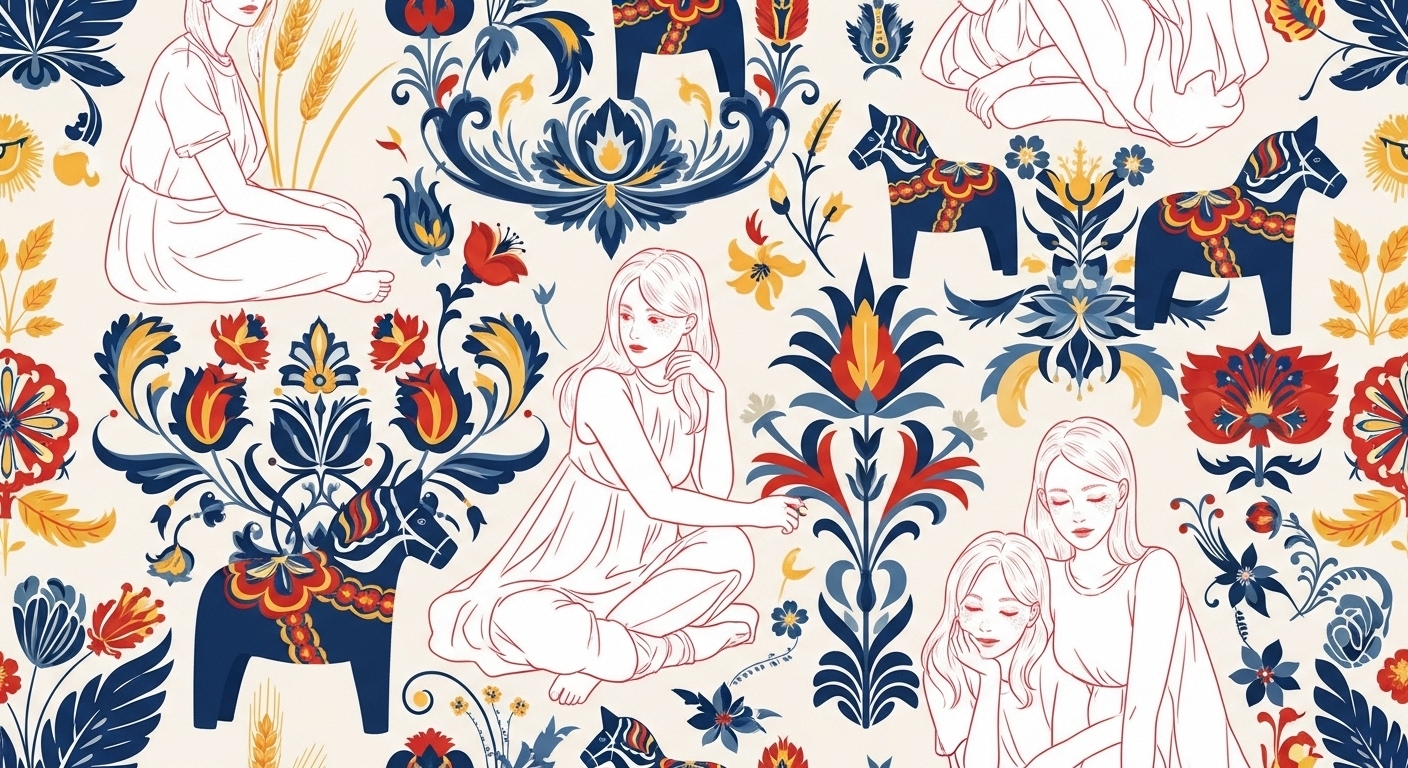
A modern interpretation of vibrant kurbits dalana horse in traditional colors.
Bonus Tools for Convenience & Creativity
Zoomable Selfie Monitor Screen for iPhone
Lets you see yourself while filming from the back camera — so you can stay framed perfectly when recording intros or plating shots solo.
SmallRig Magnetic Metal Phone Mount w/ Cold Shoe – 5156
Adds flexibility for mounting microphones or lights directly onto your phone.
SmallRig USB-C Coiled Cable – 4792
Keeps cables tidy while powering or transferring footage from camera to laptop.
Why This Setup Works
This setup follows the same multimedia best practices I teach and oversee professionally:
-
Stable overhead shots: Use articulating arms or clamps for consistent framing.
-
Consistent lighting: Mix one soft directional source (like a window or light panel) with gentle fill light.
-
Good audio: Use wireless mics for voiceovers or recipe narration.
-
Dedicated space: A small movable studio saves time, reduces cleanup, and keeps creative work flowing in real life.
In my house, that might mean clamping a SmallRig Magic Arm to a kitchen cabinet for a quick shot over a simmering pot — or rolling my desk next to a window for natural morning light on freshly baked saffron buns.
Next Up: My Home Setup Configurations
In the next post, I’ll share how I arrange my setup in real-life spaces — from overhead recipe videos to tabletop food editorials — including lighting diagrams, gear positioning, and real photo examples.
(Hint: You don’t need a studio. You just need a corner of light, a steady clamp, and a bit of creative patience.)
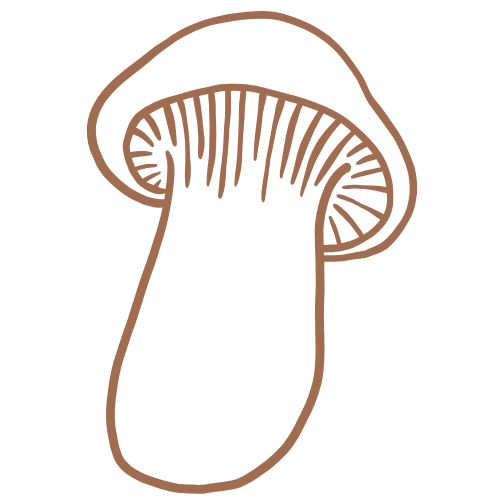
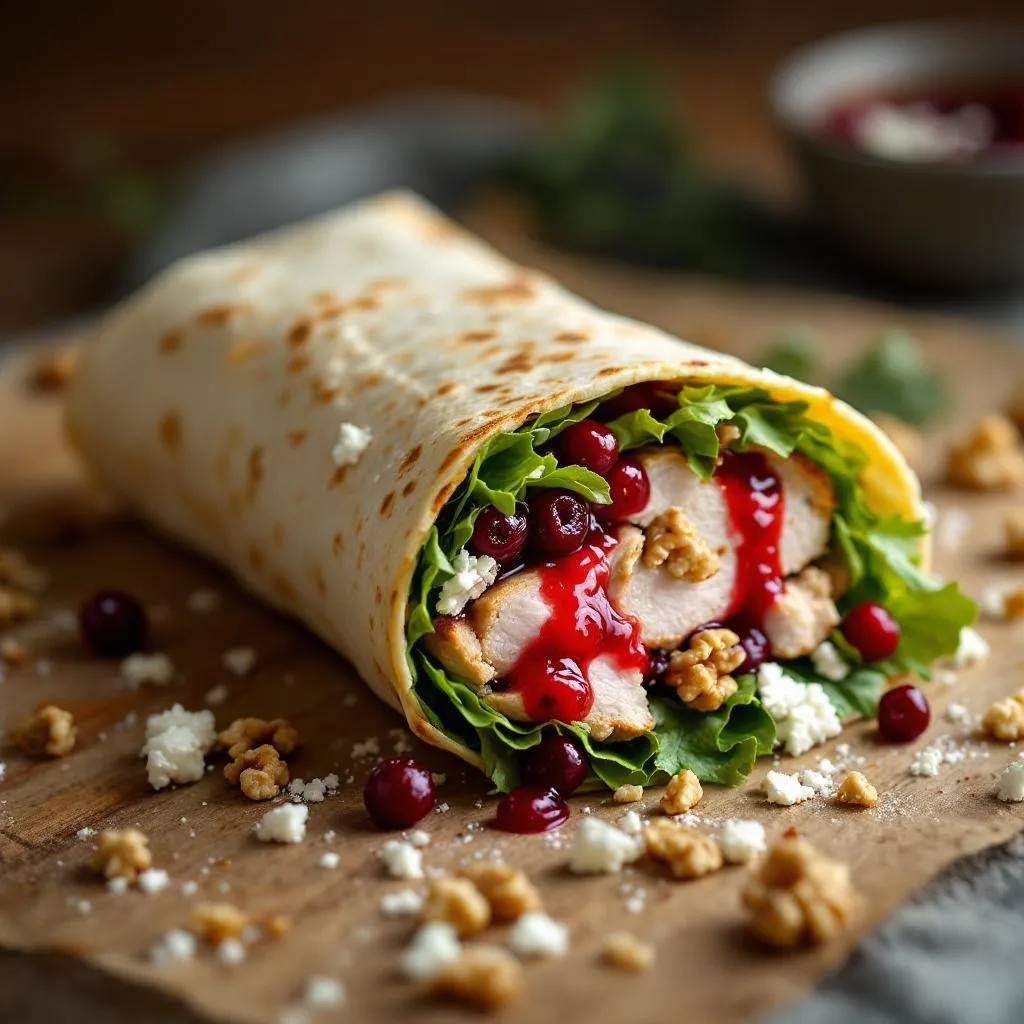
Sign up!
Free Meal Plans
Save Your Favorite Recipes
Seasonal Newsletter
